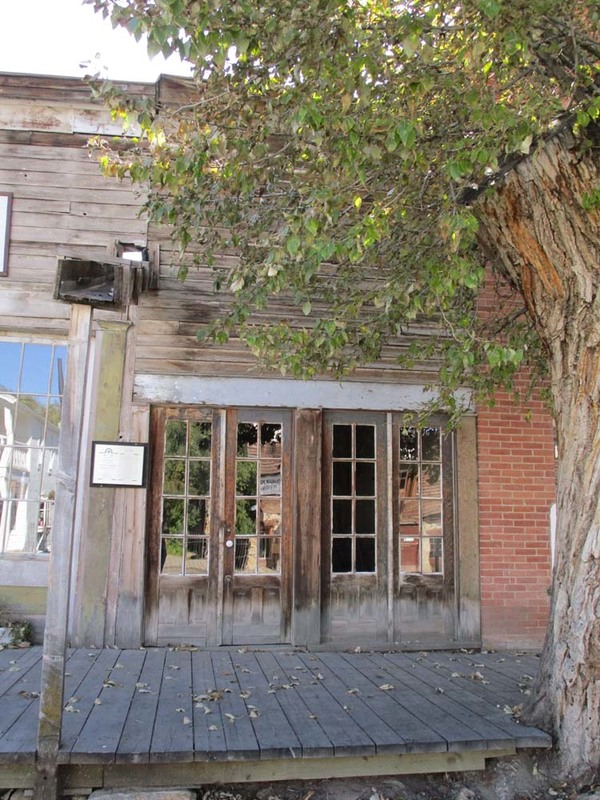
Mining is filthy work, a fact that spelled opportunity for African American barber George Turley, who opened a “Fashionable Hair Dressing and Shaving Saloon” in a narrow building on this site. In 1864, Turley advertised bathrooms for miners interested in sprucing up before a night out. He also offered haircuts, shaves, shoe-shines, and “mustache and hair coloring.” Barbering was one of the few professions open to African American men after the Civil War, and barbers’ services were in high demand in Montana Territory, where approximately 27 percent of African Americans pursued the trade. By 1884, Turley had moved on, and a cobbler occupied the false-front building. By the 1940s, when Charles and Sue Bovey began to take an interest in the town, the building was in ruins. After clearing the rubble, the Boveys constructed this false-front frame building based on an 1870s photograph of the Gilbert Assay Office. The word “assay” comes from a French word meaning “to try or test.” Every gold rush town had at least one assay office, where miners could bring ore samples to test the richness of their claims.
Images
